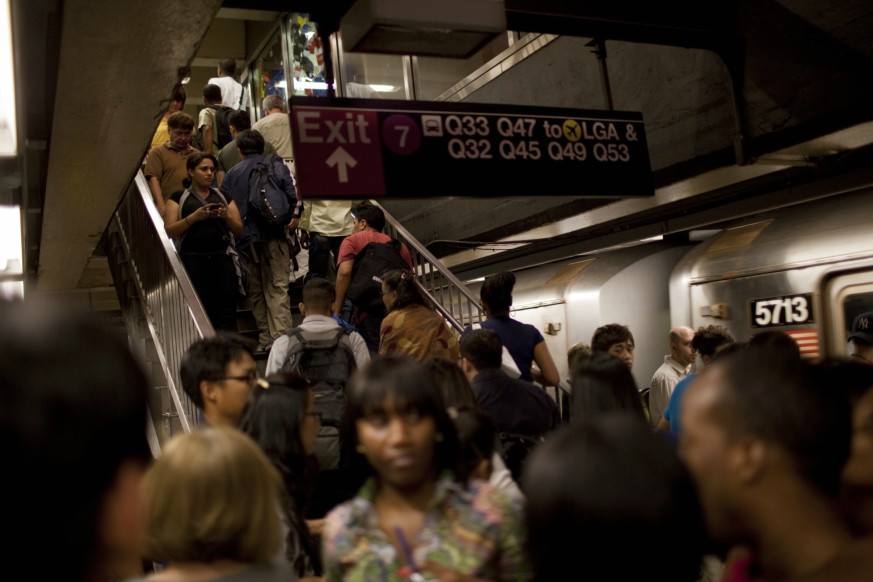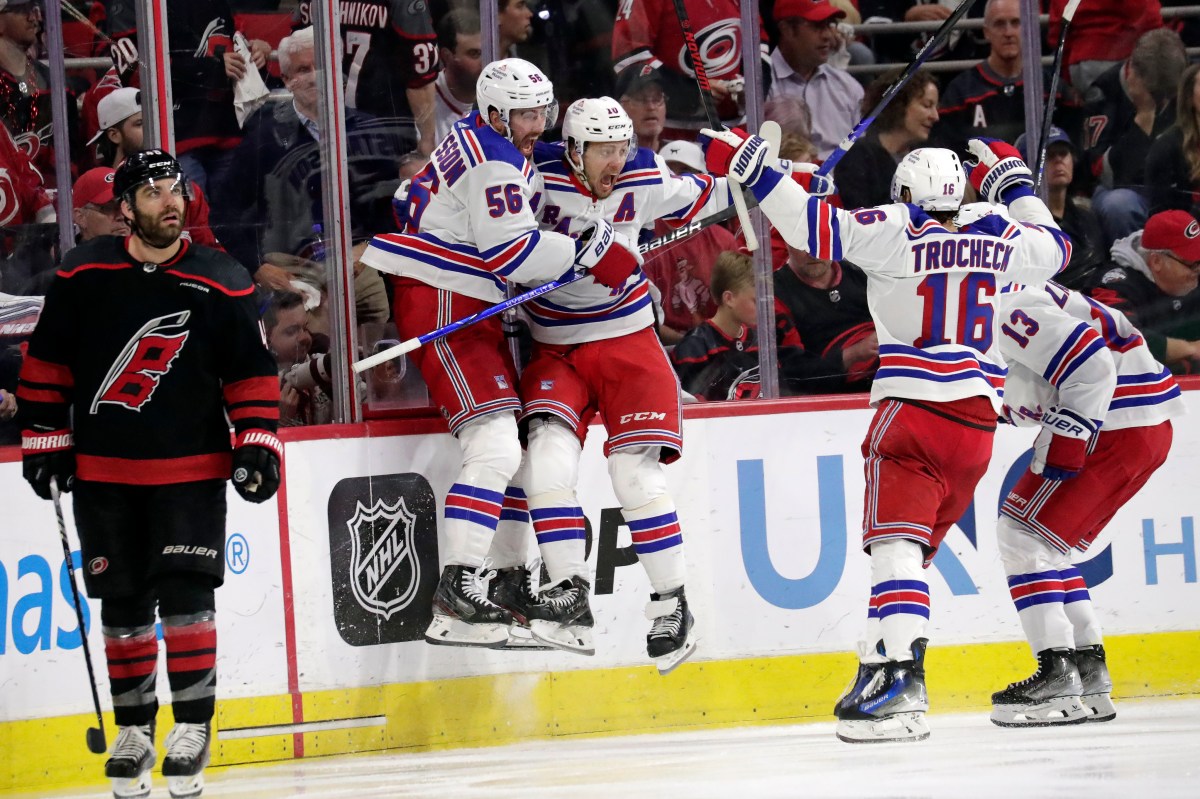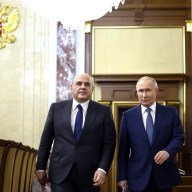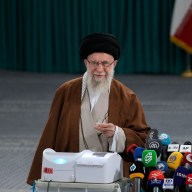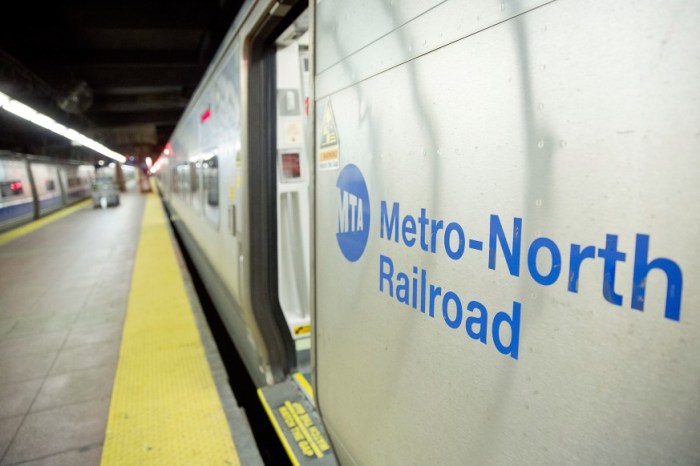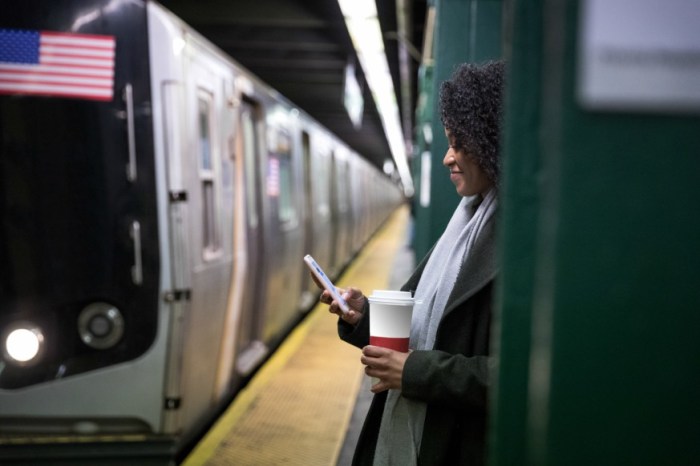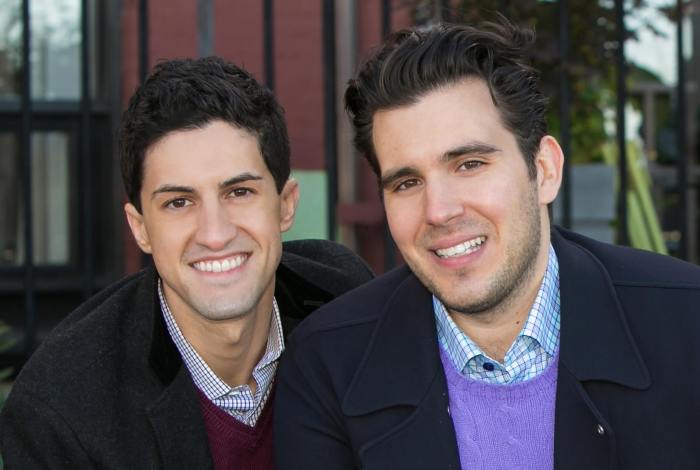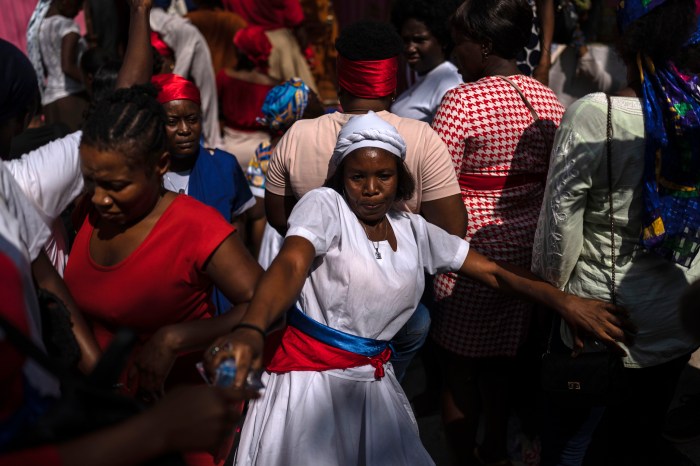Last summer, in the middle of a year that saw endless service issues and the eventual state of emergency declaration for New York City’s aged subway system, the MTA looked to great minds across the globe for solutions to bring the 114-year-old subway into the 21st century and increase its capacity and reliability.
On Friday, the agency announced the eight winners that were chosen from 438 submissions for its Genius Transit Challenge, including two who will invest their cash prize into making their ideas a reality. Applicants were tasked with finding solutions for signals, subway cars and communication.
To tackle the signal problems that beleaguers city straphangers on a near-daily basis, two separate applicants, transportation engineer Robert James and railroad equipment supplier Metrom Rail, won for proposing to use ultra-wideband wireless technology, which would eliminate costly and cumbersome equipment and give down-to-centimeters accuracy. Both received $250,000. Ansaldo STS and Thales Group also both won $250,000 for their separate suggestions to use onboard sensors and cameras for train positioning, also removing the need for other equipment.
Three separate applicants landed $330,000 each for their proposals to rapidly deploy modernized trains, which can take at least three years to build.
CRRC, the world’s largest train builder, gave $50 million of its own money to create a new subway car with lighter materials, modular design and modern control technology, while lawyer/train enthusiast Craig Avedisian suggested longer trains to increase capacity and modifying loading procedures to fit extra cars in stations. Transit IT provider CSinTrans proposed a software platform to transmit car diagnostic data to engineers for faster maintenance and near real-time info for both the MTA and straphangers.
To address the communications challenge, Bechtel Innovation proposed using a semi-robotic system to install tunnel communications and control infrastructure and will reinvest its $500,000 award to an internal group that will help the MTA develop the robotic system.
“People from around the world delivered groundbreaking solutions that truly represent a new wave of innovation for the MTA, and we are more excited than ever about the future of New York subways,” Chairman Joe Lhota said.
With just weeks remaining until the state budget is due, John Raskin, executive director of Riders Alliance, said that the Genius Transit Challenge could “provide ideas to help fix the subway, but it’s not a substitute for a comprehensive plan to fund and fix our transit system. The reality is our transit system remains in crisis and Gov. Cuomo, who runs the MTA, has yet to present a long-term plan to modernize the subway or to enact a revenue source to pay for it.”
Raskin cited recent recommendations from Fix NYC as a “fair and sustainable way to pay for the new technology the MTA so desperately needs.”
“The hardest question to answer is not how to make transit reliable —it’s whether Gov. Cuomo is willing to take the lead and make it happen,” he added.

